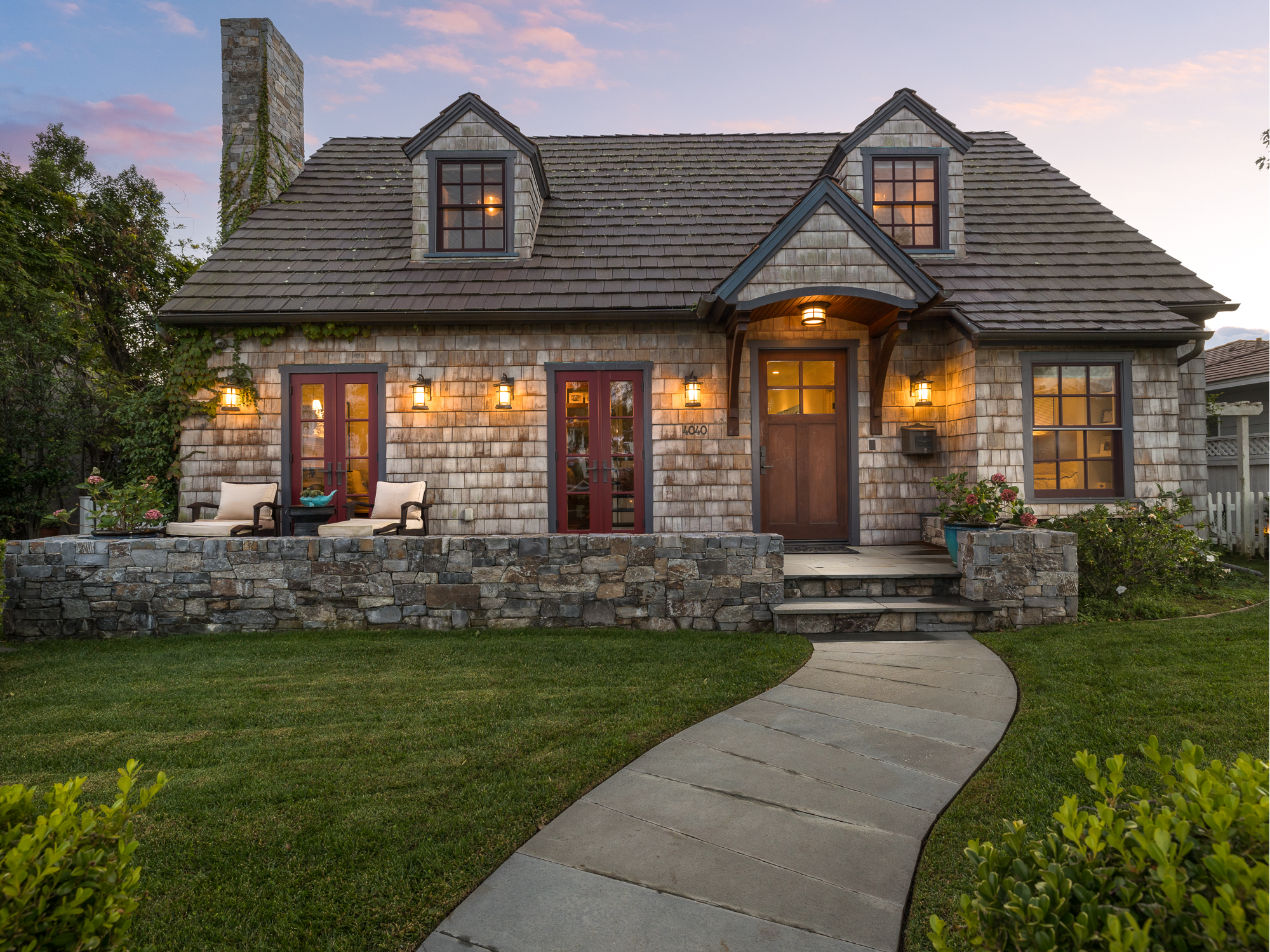(Reposted from Exchange Resources)
They say that in life only two things are certain: death and taxes. Savvy investors, however, have been given the means to avoid the latter in certain real estate transactions. Prior to 2005, real estate was classified as either an investment or a primary residence. Upon the sale of property, different tax breaks were available depending on how the property was classified.
If the property was considered an investment, Section 1031 of the Internal Revenue Code could be used to defer the payment of capital gains taxes. If the property was considered a primary residence, Section 121 of the Internal Revenue Code could be used to exclude capital gains taxes. Section 121, also known as the homeowner’s exemption, allows taxpayers who have owned and lived in a primary residence for two of the past five years to exclude up to $250,000 for single taxpayers or $500,000 for married taxpayers in capital gains.
In 2005, Revenue Procedure 2005-14 was issued, clarifying that some real estate transactions can benefit from both Section 1031 and Section 121.
Example Scenario
A married couple acquired a home for $100,000 twenty years ago and is now considering selling the property for $1,000,000. If the couple were to sell the home as their primary residence, they could qualify for Section 121 and exclude the first $500,000 of gain. However, the excess gain of $400,000 would be taxed at long-term capital gains rates, resulting in approximately $120,000 in taxes.
Thanks to the IRS ruling, instead of selling the home as a primary residence, our savvy couple decides to move out and convert their highly appreciated home into a rental. They rent the house out for two years, and then sell it as an “investment.” Now that the house is classified as an investment, the couple is eligible for tax deferral via Section 1031 of the Internal Revenue Code. But because the property was also their principal residence for two of the past five years, they are still eligible for the Section 121 homeowner’s exemption.
With both Section 121 and Section 1031 available, the first $500,000 of gain is completely tax-free, and the remaining $400,000 is tax-deferred — resulting in a tax liability of $0.00.
A Few Key Issues to Keep in Mind
- Most tax advisors believe one to two years is sufficient rental time for a property to qualify as an “investment.” However, be careful not to rent the home out too long, as it must also have been used as a primary residence for two of the past five years.
- Conducting a 1031 Exchange requires that you reinvest in another investment property. There are many options for reinvestment — rental homes, apartment buildings, or even passive investments such as DSTs. But if you are not willing to reinvest, this tax deferral strategy will not be an option for you.
- The reinvestment requirement for the 1031 Exchange will generally be your net sale price minus the homeowner’s exemption taken.
- You’ll need a good Qualified Intermediary to assist with the 1031 Exchange component.
There is no limit to the amount of gain you can defer with this strategy. Whether your house sells for $1 million or $10 million, this strategy works.



